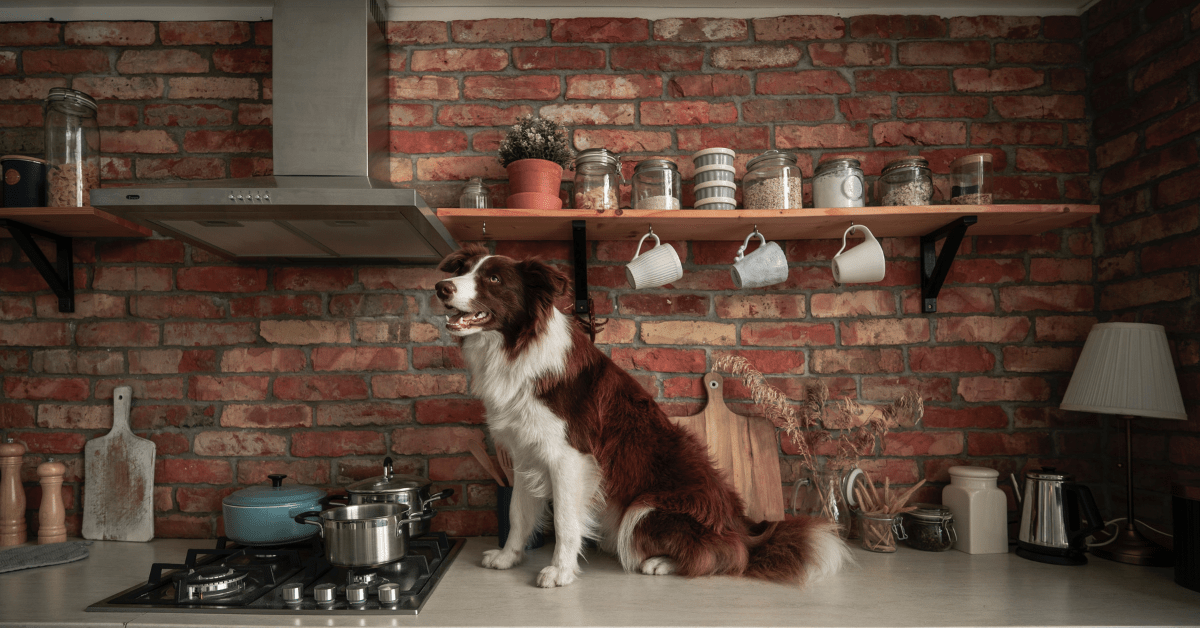
With energy bills increasing, more of us are looking for ways to become more energy-efficient and slash those rising heating bills. When it comes to heating your home, there are various ways to do this efficiently and effectively – like making sure your home can retain heat by adding insulation, or checking your radiators are working as they should be. Here are 5 tips that can help you if you’re looking to reduce your heating bills this year.
1. Check your radiators
If you’re looking to save on your heating bills, it is important that you keep an eye on how your radiators are heating up. If a radiator is not heating correctly, this means that it won’t be as effective in circulating heat around the room. A good way of checking if your radiators are working as they should be is to turn on your central heating and feel for any cold spots. Cold spots are an indication that air is present in the radiator and is keeping it from heating up as it should. This problem is easily fixed, bleed your radiators to help the water flow more freely. You should begin to see a difference as soon as this has been carried out.
2. Insulation
Making sure that your home is insulated is one of the most important things you can do when it comes to heating rooms effectively. You should make sure your home has to loft insulation – heat rises and can often be lost through your roof. Cavity and solid walls are also a good choice to help the rooms in your home retain the heat. If you don’t have sufficient insulation, your boiler will have to work harder to heat rooms up, which results in higher heating bills. Adding insulation where you can prevent heat from escaping and allows for a more efficient and cost-effective way of living.
3. Set your heating on a timer
Setting your heating on a timer or programmer is a great way to save when it comes to heating bills. By controlling your heating with a timer, you can make sure you’re heating the necessary parts of the home, you can set your heating to turn on and off to suit you – so you’re not heating the house when there’s no one in it! It is helpful in case you forget to turn the heating off, the timer does it for you so there’s no money or energy wasted. Timers on thermostats are also a great way of keeping your house at a comfortable temperature without wasting energy.
4. Furnishings
You can use the furniture in your home to give you an advantage when trying to keep the heat in. Curtains can help to eliminate heat lost through windows, especially if they are single glazed or not sealed correctly – there are even thermal curtains available if you’re serious about taking your money-saving to the next level. Consider where your furniture is placed, if you have a piece of furniture blocking your radiator, the heat will not be able to radiate around the room effectively and therefore means you’ll have to use more energy to feel the benefit. Make sure your radiators are clear of any obstructions.
5. Reduce draughts
It’s inevitable that you’re going to experience draughts in various rooms around your home but taking steps to reduce the effect that they have can save you money in the long run. There are a few things that you can do to keep the heat in, such as using draught-proofing strips around window and door frames where there are often gaps. Blocking your chimney or fireplace if you don’t use it, using draught excluders under doors, and using foam strips around loft hatches. There are lots of things you can do to improve how efficiently your home heats up – researching draught-proofing can be helpful.

















